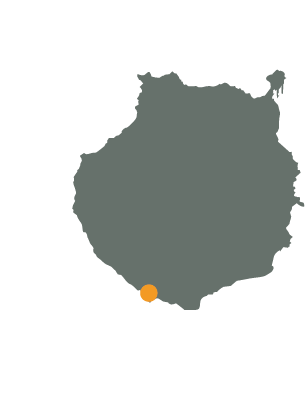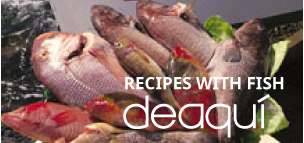ARGUINEGUIN: southern tradition
Arguineguin’s history is linked to the sea and to the fishing of tuna, maybe the oceanic species with the upmost sound impact in the economy of the south of the island. Throughout the times, either the aboriginal population or later the Castilian settlers who dwelled in the ravines and coastlines, made of fish one of their most appreciated food resource.
In the 19th Century the development of the maritime trade favored the whole area. To Arguineguin wharves arrived the steam boats, blowing their whistles, and creating a frenzy of traders, mule drivers, shepherds and, of course, seamen and fishermen. Export crops were also loaded up and down by seamen in Arguineguin’s beach. From their boats to the warehouses to be packaged and stored, the fresh fish baskets were carried alongside with banana and tomato boxes.
Nonetheless it was tuna fish to be held responsible for the great economic development of the area. The commercial possibilities of this blue fish caused a true revolution in the area. The tuna, drawing a migratory line through the waters of southern Gran Canaria, attracted local fishermen as well as those from other areas, so the fishing industry grew from self-catering to one of the economic driving forces at the beginning of the 20th century, to the point of being Arguineguin home to two salted fish factories.
With the upcoming of the tourism industry in the 60s, the fishing activity started to decline. But the love of the Arguineguin people for the sea, besides the outstanding work of the Arguineguin Fisherman’s Guild have kept alive this profession, which has influenced so notably in their character.
 /
/ 








